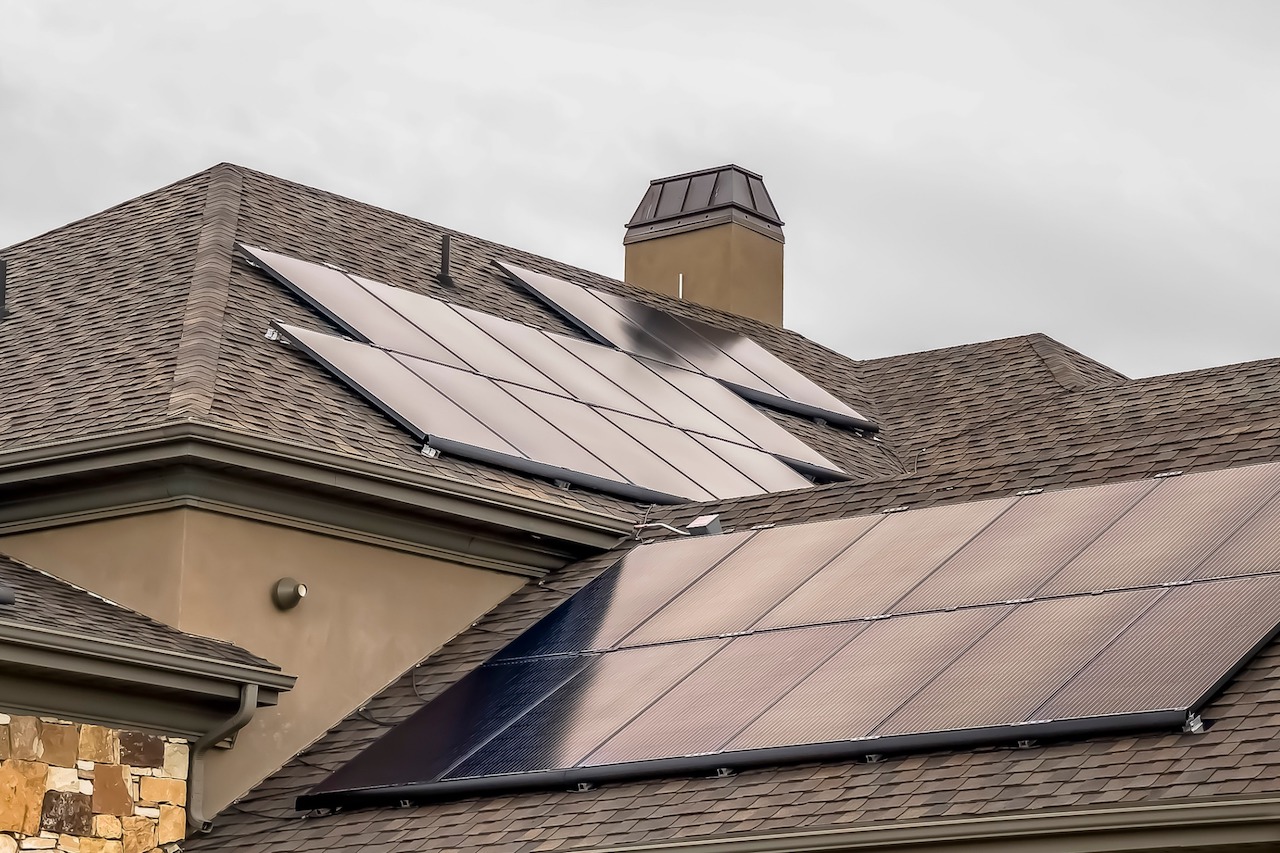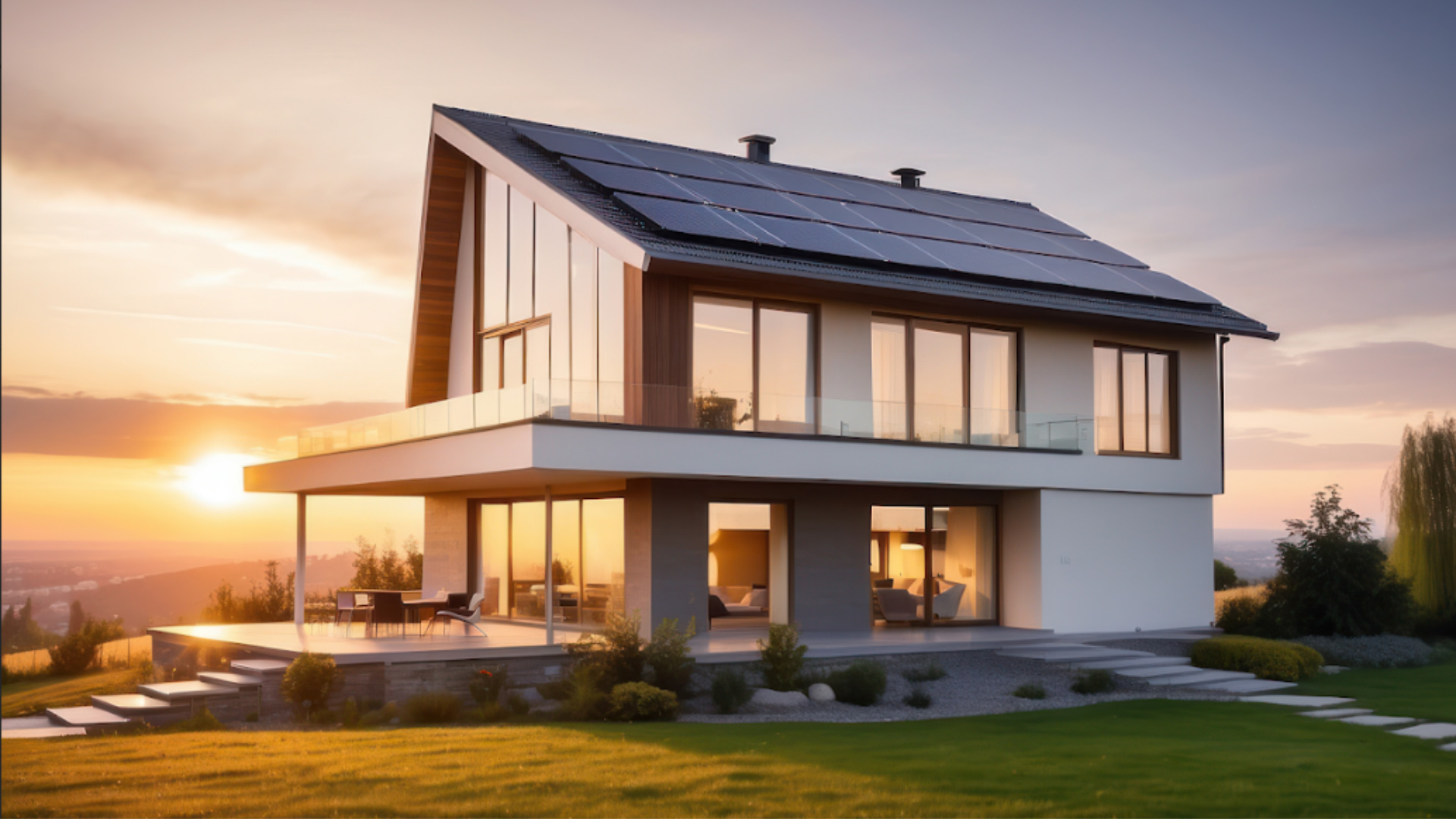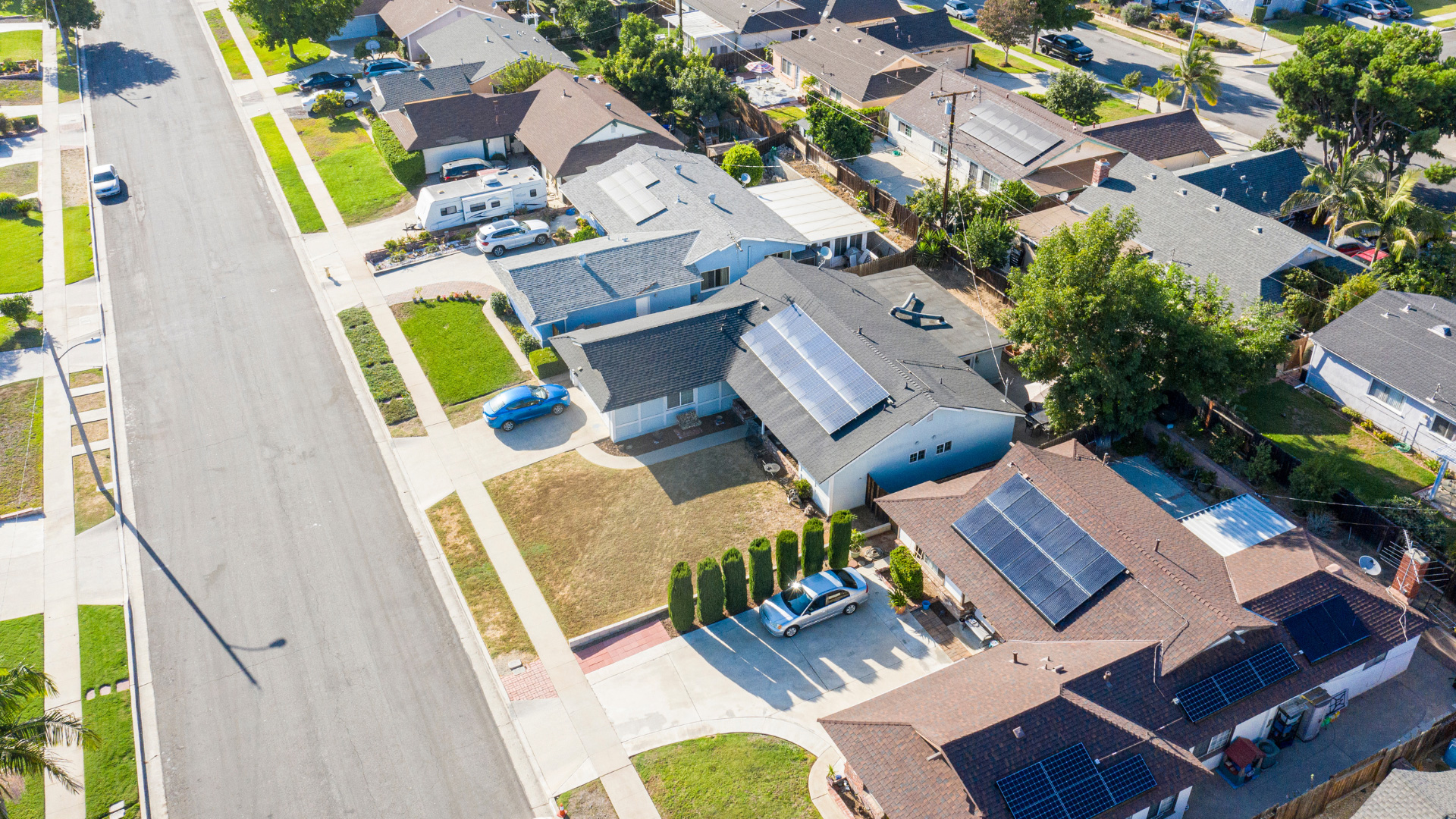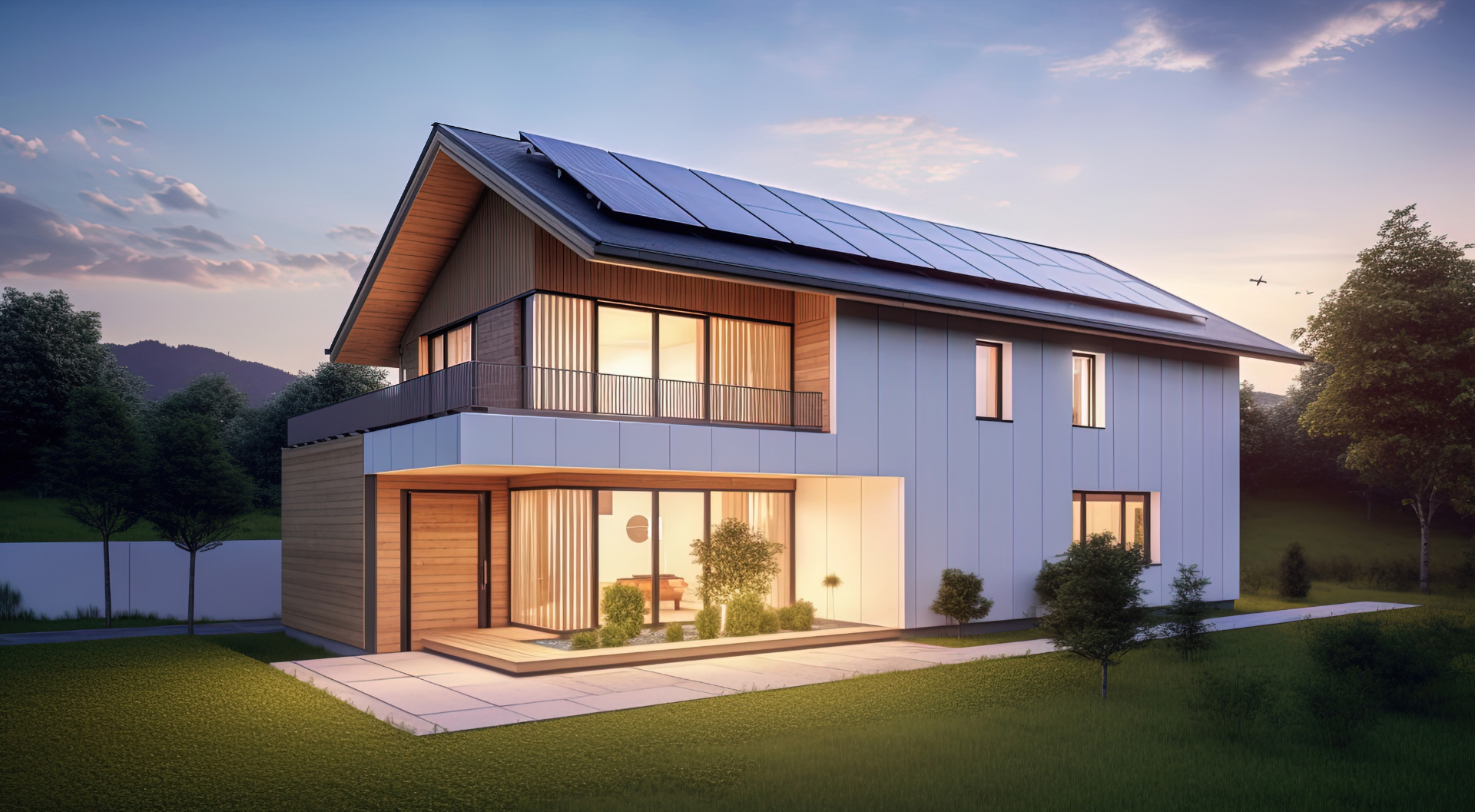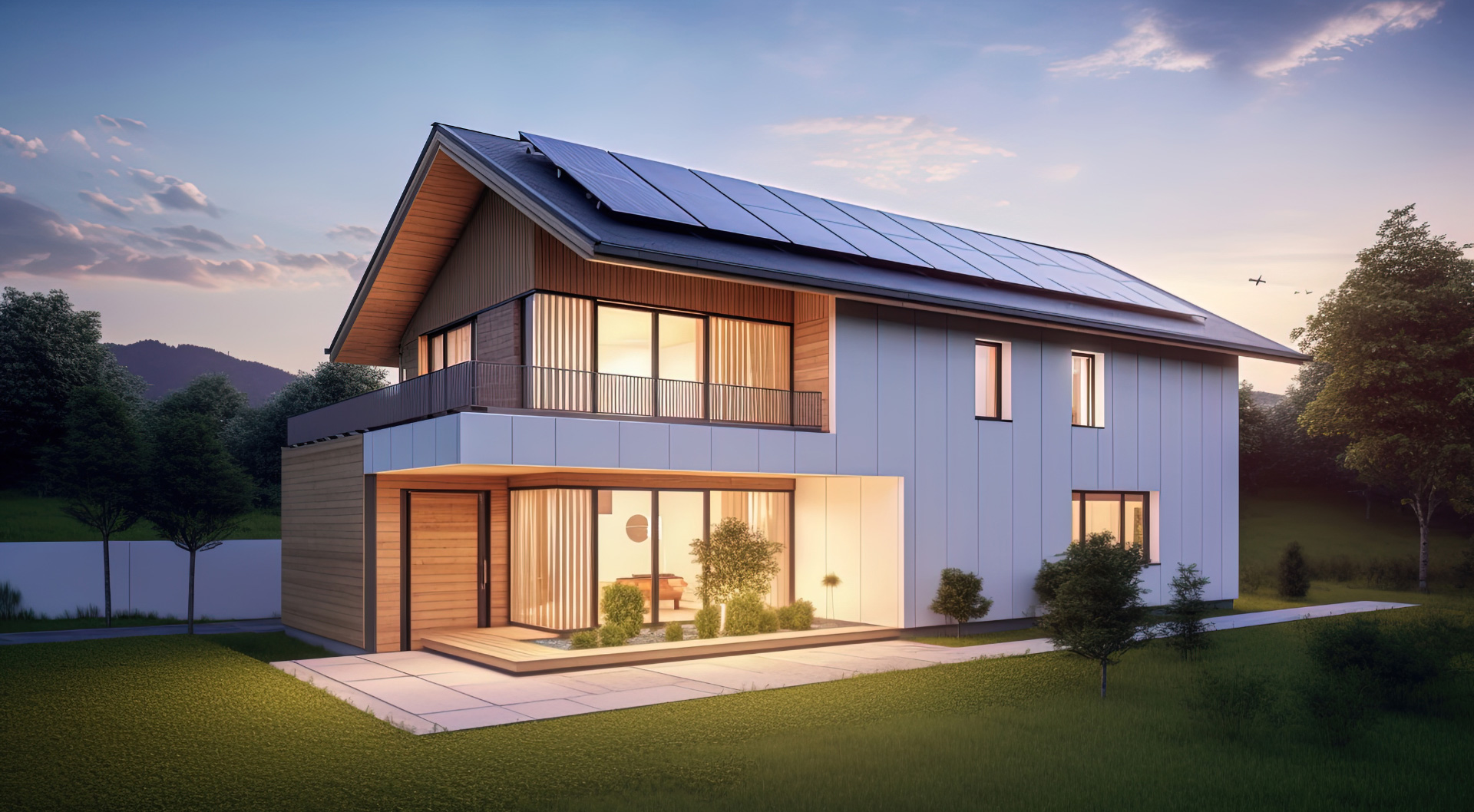As the seasons change and autumn comes to an end, you might be wondering if solar panels work in winter. The good news is that solar panels can work during all seasons of the year. In fact, cold weather can even make solar panels more efficient. In this article, we’ll answer the question of whether or not solar panels work in the winter.
How Do Solar Panels Work in Winter?
Solar panels convert light into electricity, and as long as there is sunlight falling on the panels, it does not matter how hot or cold it is. Each solar panel comprises solar photovoltaic (PV) cells that generate power from sunlight, not heat.
During the summer, your solar panels can produce significant energy, thanks to long, sunny days. In winter, solar panels generally produce less energy since daylight hours are shorter, the sun is lower in the sky, and your rooftop is exposed to more elements, such as rain, snow, ice, and thick fog or cloud cover.

On the plus side, cold temperatures mean solar panels work more efficiently than when it’s hot. This is because heated electrons will have high energy at rest, which reduces the difference between their resting and energized states, producing less power. On the other hand, electrons are at rest (low energy) in cooler temperatures, and when activated by sunlight (high energy), solar panels achieve a greater voltage difference, stimulating a higher energy output.
Also, your solar panels are less likely to reach their peak temperature in winter – panels begin losing efficiency and decreasing output power at around 77°F. This means that your panels will produce more power for each precious hour of sunlight during the short days of winter.
How Do Solar Panels Perform with Snow?
A dusting of snow has little impact on solar panels because the wind can easily blow it off, and light can filter through a sparse coating, reaching the panel to produce electricity. When a solar panel is covered by a thick layer of snow, it’s blocked from sunlight and can’t generate energy.
However, solar panels tend to shed snow pretty well – the panels are often mounted at a steep angle (usually at a 30-45-degree tilt) which, coupled with the glass surface of the solar panels, makes it easy for snow to slide off. Additionally, even a glimmer of sunlight can cause the solar panels to start warming up, melting the snow.
Overall, snow should not dramatically impact solar panels or how they work in the winter, as the percentage of overall yearly production loss is minuscule. In fact, solar panels are a popular renewable energy source in some of the snowiest and coldest geographical areas of the US, such as New England, Massachusetts, New Hampshire, Vermont, Maine, Connecticut, and Rhode Island.
Solar Is a Great Choice All Year
Solar panels in winter conditions can actually improve their performance, further minimizing the drop in production due to snow on the panel or the loss of daylight hours.
Even in the worst of winter, solar panels are a solid investment with numerous benefits for you and your community. If you are looking to save some serious money on electricity bills and become energy independent, don’t hesitate to contact Solar Optimum for solar panel installation.

